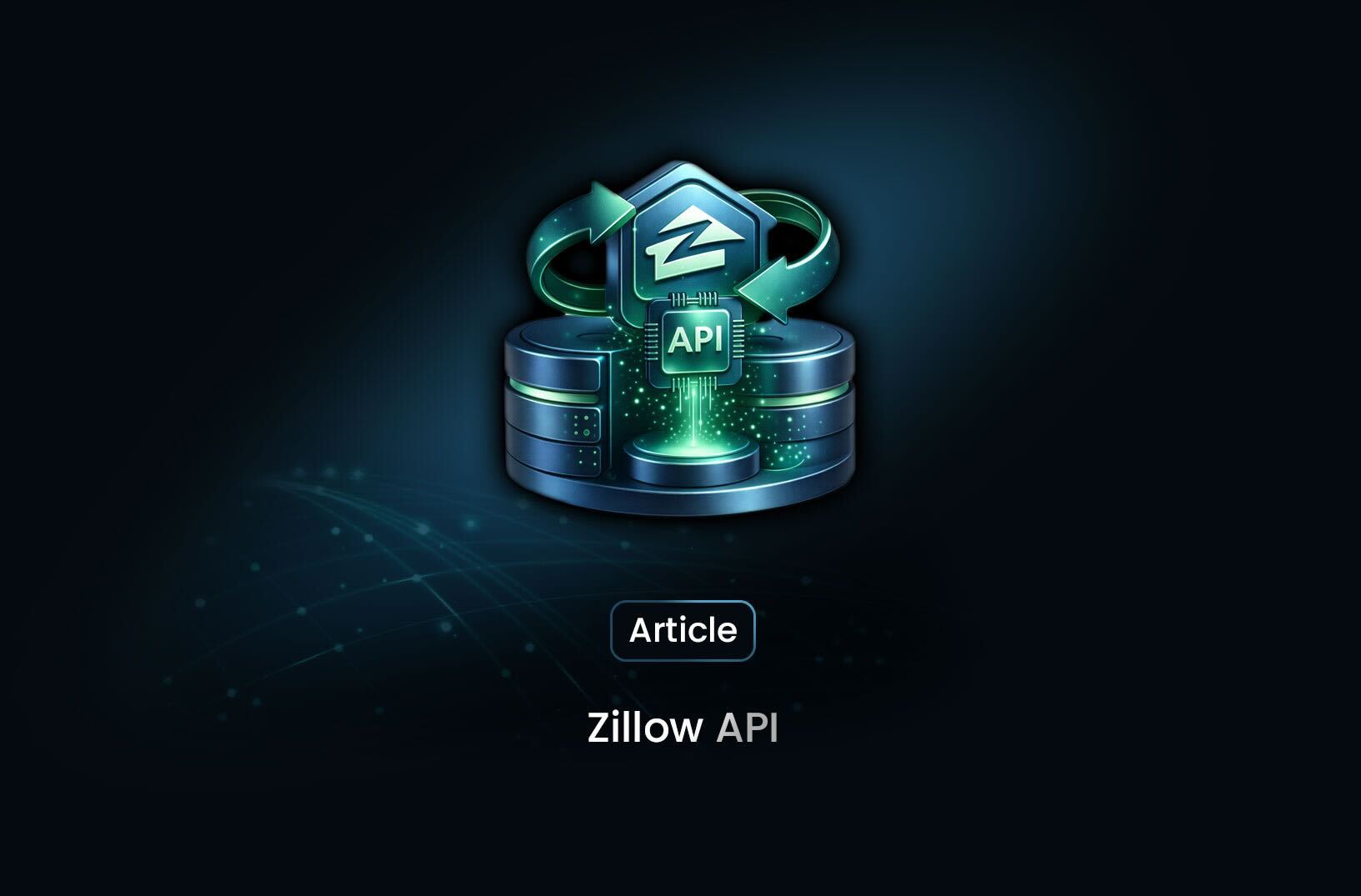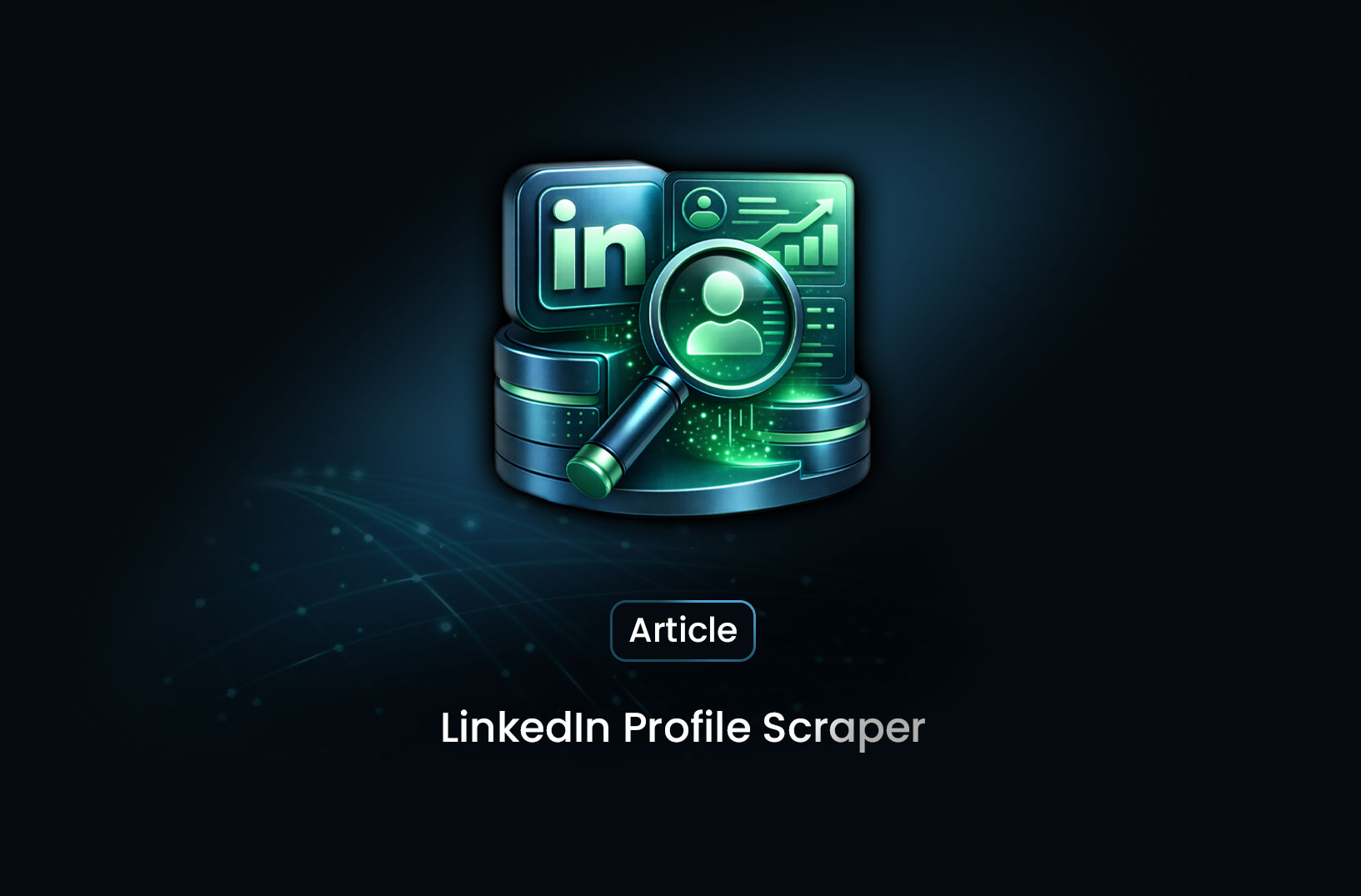
What is Raw Data and Why Is It Important?
ArticleRaw data, often referred to as unprocessed data, is the original, unfiltered information collected from various sources such as sensors, web scraping, surveys, or databases.
 Raw data, often referred to as unprocessed data, is the original, unfiltered information collected from various sources such as sensors, web scraping, surveys, or databases. This data hasn’t been subjected to any cleaning, organization, or analysis, making it essential for forming the basis of all meaningful information and decision-making processes.
Raw data, often referred to as unprocessed data, is the original, unfiltered information collected from various sources such as sensors, web scraping, surveys, or databases. This data hasn’t been subjected to any cleaning, organization, or analysis, making it essential for forming the basis of all meaningful information and decision-making processes.
Imagine raw data as crude oil—it's full of potential but needs refining before it becomes valuable. For instance, scraping product information from e-commerce websites like eBay or Amazon would give you raw data that includes product prices, descriptions, and reviews. This data, however, might be inconsistent or contain duplicates, requiring further processing before it can be useful.
Characteristics of Raw Data
To better understand raw data, it’s essential to know its characteristics:
- Unstructured or Semi-Structured: Raw data often doesn’t follow a strict format. It could be unstructured text, images, videos, or even semi-structured data like JSON or XML files.
- Incomplete: Raw data may have missing or incomplete values. For example, when scraping user reviews, some reviews may lack ratings or comments.
- Redundant Information: Raw data might contain duplicate or redundant information that needs to be removed or de-duplicated before analysis.
- Time-Sensitive: Raw data can be time-sensitive, meaning that capturing it in real-time or near real-time is crucial to its relevance, particularly for fast-paced sectors like social media analytics or stock market data.
The Role of Raw Data in Data Analysis
Raw data is the starting point for all data analysis, providing the essential material needed to generate useful insights. Here’s why raw data is so important:
- Foundation for Analysis Raw data is the first step in the analysis. Before it can be useful, it must be cleaned, filtered, and organized into a structured format. Without raw data, there would be nothing to process or analyze.
- Reveals Hidden Insights Raw data holds all the information from the source. When processed, it can reveal patterns or trends that pre-filtered data might miss. For example, in e-commerce, raw customer reviews and purchase data can uncover hidden trends in buyer behavior.
- Flexible and Customizable Since raw data isn’t processed, it can be tailored to specific needs. Analysts can clean and organize it based on their goals, making it more adaptable to various types of analysis like market research or predictions.
- Ensures Accuracy Using raw data ensures the accuracy of your analysis, as it hasn’t been altered during intermediate steps. This is especially important in industries like finance, where precision is critical.
How MrScraper Helps You Collect Raw Data
At MrScraper, we specialize in helping businesses and researchers collect raw data from various sources across the web. Whether you need raw product data from e-commerce platforms, customer sentiment from social media channels, or real-time video statistics from YouTube, our tool allows you to scrape and collect raw data effortlessly. We provide the raw data you need, allowing you to process and analyze it according to your specific needs and business objectives.
For more advanced users, MrScraper offers customizable options for data extraction, ensuring that you get the exact raw data in the format you require. Our API integration and advanced no-code scraping options make it simple for you to automate data collection without needing a deep technical background.
Why Use MrScraper for Collecting Raw Data?
There are several advantages to using MrScraper for raw data collection:
- Real-Time Data Collection: Whether you're tracking prices, monitoring competitors, or gathering product feedback, raw data collected in real-time allows for more accurate and up-to-date analysis.
- Customizable Data Formats: MrScraper lets you extract raw data in formats like CSV, JSON, or XML, ensuring it’s ready for processing in your preferred tools or databases.
- Scalability: Our platform allows you to scale your data collection efforts, whether you’re scraping data from hundreds or thousands of web pages.
If you're interested in seeing how MrScraper can gather data from the Amazon website, check out our blog post on Guide to Scraping E-commerce Websites: Amazon
How to Process Raw Data
Once raw data is collected, it needs to be processed before it can be useful. Common steps for processing raw data include:
- Cleaning: Removing duplicates, correcting errors, and filling in missing values. Learn more about data-cleaning techniques here.
- Normalization: Transforming raw data into a standardized format to be compared or combined with other datasets.
- Filtering: Extracting only the relevant data points that are required for the analysis.
- Structuring: Organizing raw data into tables, databases, or other structures to make it easier to analyze.
Conclusion
Raw data might seem chaotic or overwhelming at first, but it is the foundation upon which all meaningful data insights are built. Whether you are a business looking to gain market insights, a researcher gathering data for a study, or a marketer trying to improve campaigns, raw data is essential. With tools like MrScraper, collecting raw data from various web sources has never been easier, allowing you to focus on turning that data into actionable insights.
Find more insights here

Zillow API: Real Estate Data at Your Fingertips
Learn how the Zillow API works, what real estate data you can access, key limitations, and alternati...

LinkedIn Profile Scraper: What You Need to Know in 2026
Learn how LinkedIn profile scrapers work in 2026, including tools, techniques, challenges, and legal...

Scrape Google Shopping: What It Is and How It Works
Learn what Google Shopping scraping is, how it works, the data you can collect, common tools and met...
